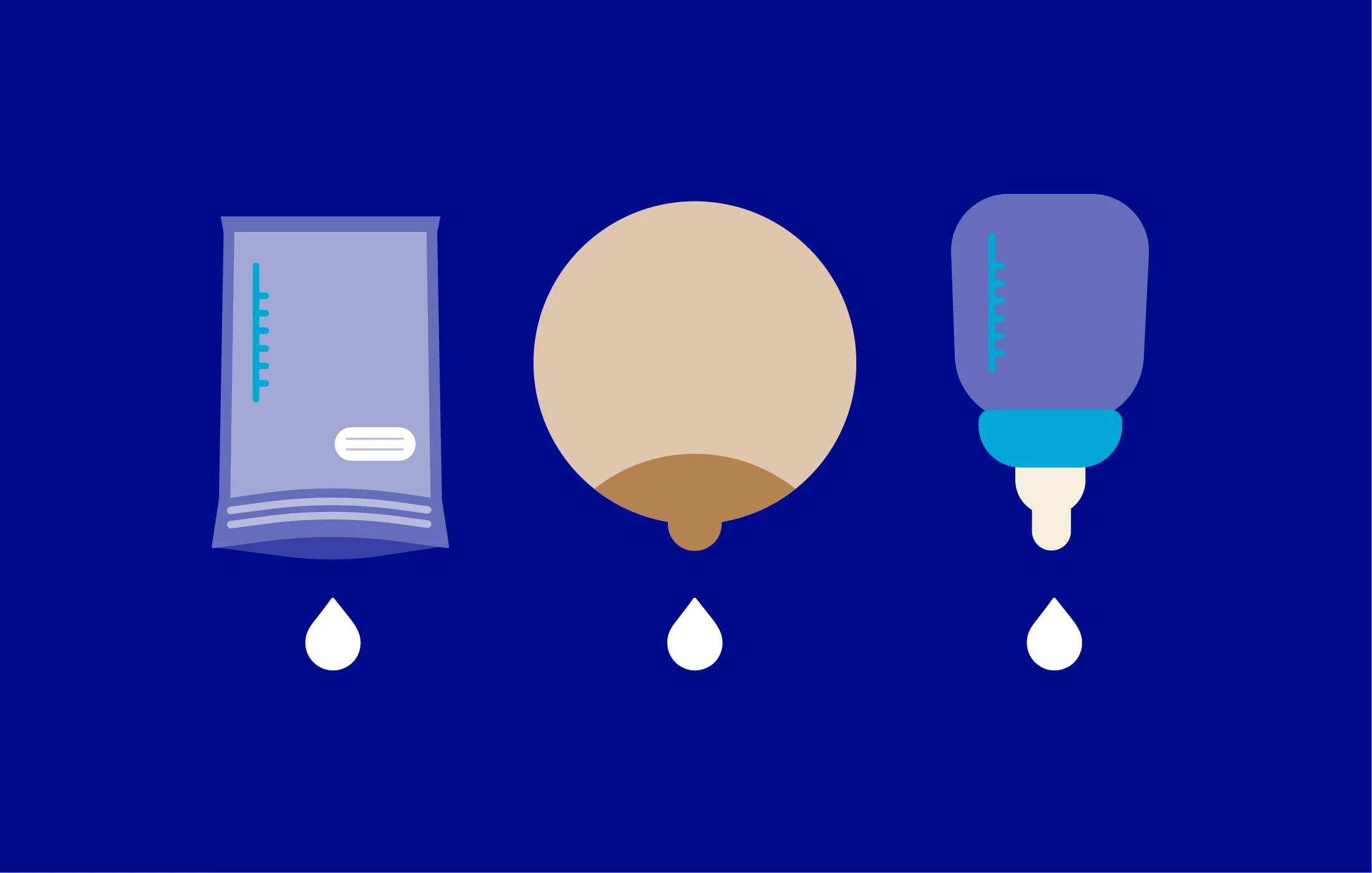7 Things That Can Make Breastfeeding Hard

Starting the latch-and-flow party with your new babe can be complicated. While many common breastfeeding issues can usually be resolved by a lactation consultant, some feeding challenges may require working with your healthcare provider. Here are seven situations that may require additional professional breastfeeding support.
Breastfeeding + breast implants
Most women with breast implants can breastfeed, but it may depend on the kind of breast implants you have—implants below the muscle don’t affect milk production as much as those above the muscle. If you’re worried about exposing your baby to silicone, there’s no evidence that it can transfer to breast milk.
Breastfeeding + breast reduction surgery
If you’ve had breast reduction surgery, you may still be able to breastfeed—especially if your procedure preserved the milk-making part of the gland (known as the “subareolar parenchyma.”) What breastfeeding looks like, and how you define it, will be different for each mom. For a deeper dive and an important perspective, check out Defining your Own Success: Breastfeeding After Breast Reduction Surgery by international board certified lactation consultant Diana West or listen to an interview with her on the podcast “Born to Breastfeed.”
Breastfeeding + flat or inverted nipples
Pregnancy can change your nipples, making them darker, bigger, and longer. But if your nipples are still flat or concave, and your babe has trouble latching, there are some simple tricks you can try. Roll your nipples between your thumb and forefinger or apply a cold cloth to help make them erect. Other options include pumping (briefly!) before nursing to help elongate your nipple or using a nursing shield. One study found that applying latex rubber bands around nipples during breastfeeding helped. Talk with a certified lactation consultant to determine which approach is right for you.
Breastfeeding + babies with a cleft lip and/or cleft palate
Cleft lips (a split in the upper lip) and cleft palates (a split in the roof of the mouth) are among the most common birth defects. Babies born with a cleft lip and/or cleft palate may be able to breastfeed—in fact, nursing is a key way to help strengthen facial muscles—but they lack a strong sucking ability. Work with your medical team to develop strategies to express milk, establish a proper feeding position, and use a specialized cleft palate bottle to feed pumped breast milk.
Breastfeeding + babies with a tongue-tie
Tongue-tie (ankyloglossia)—a short or tight lingual frenulum that can limit tongue motion—affects just five percent of newborns, but can cause problems for both breastfeeding and bottle feeding. A simple surgical procedure, called a frenotomy or revision, can significantly improve breastfeeding. Half of all babies with tongue-tie don’t experience any feeding problems, so experts recommend waiting at least two weeks to see if the issue resolves on its own first. Consult your healthcare provider for an assessment.
Breastfeeding + infant torticollis
If your babe’s head is tilted or they have trouble turning their head, they may have developed infant torticollis—a temporary condition caused by their position in the womb. If your babe only wants to nurse on one breast or in one position, this can become a breastfeeding challenge. Consult your doctor to determine if your baby might have torticollis. Gentle stretching exercises usually resolve the issue within a few months.
Breastfeeding + preterm babies
Breast milk is the best choice for preterm babies, yet moms of preterm babies tend to be less likely to initiate—and continue—breastfeeding. Spending time with your babe skin-to-skin (called “kangaroo care”) and using a breast pump to express milk early and often can help. Read more expert breastfeeding advice from a neonatologist here.
Mamava designs solutions to empower breastfeeding and pumping parents on the go, like our freestanding lactation pods, Mamava’s lactation space locator app, and other helpful resources.
More breastfeeding resources
Returning to work? Here’s a primer to get the pump party started.
A go-to-guide for what to eat when you’re breastfeeding—and also taking care of a baby.
These situations may require professional breastfeeding support.
The info you need to store, freeze, and thaw your liquid gold with confidence.
Common pains-in-the-boobs can get you down and challenge your breastfeeding goals.
Don’t panic. Do continue breastfeeding.
Your go-to guide to weaning when you’re ready.
How to breastfeed with confidence, no matter what sticky situation you find yourself in.
The eight best breastfeeding positions (according to moms).
Breastfeeding moms are still nourishing for two! Expert advice on the foods that help new moms thrive.
Rumor, fact, or folklore? Test your breastfeeding know-how with this quiz.
A brief history of human infant feeding—breast, bottles, and formula—through the ages.
Every breastfeeding mom on the go needs a breast pump. Here’s how to get one.
What do new moms truly desire from their partners? We asked, you spoke.
Stop Googling! Here are three breastfeeding myths we can bust right now.
Five practices that help moms with preterm babies breastfeed.
A breastfeeding mom’s guide to fasting for religious observance.
Four thousands moms weigh in on how they feed their baby.
Seventeen breastfeeding moms share their hard-earned wisdom and messages of support for new moms.
A breastfeeding mom’s guide to baseball.
Sex when you’re a breastfeeding mom? It’s complicated.
Friends can help you transition to motherhood with more confidence, support, and joy.
Five facts about breast milk to delight your inner nerd (and help you breastfeed).
Mamava’s boob whisperer and certified lactation consultant can help when the flowing gets tough.
A breastfeeding mom’s guide to football.
Breastfeeding mamas, rejoice! It’s time to indulge.
Exercise tips to help new moms get moving again.
Kate Rope’s book helps new moms transition into motherhood.
A book about being a mom. And a woman. And a human.
Breastfeeding and basketball have more in common than you think.
































